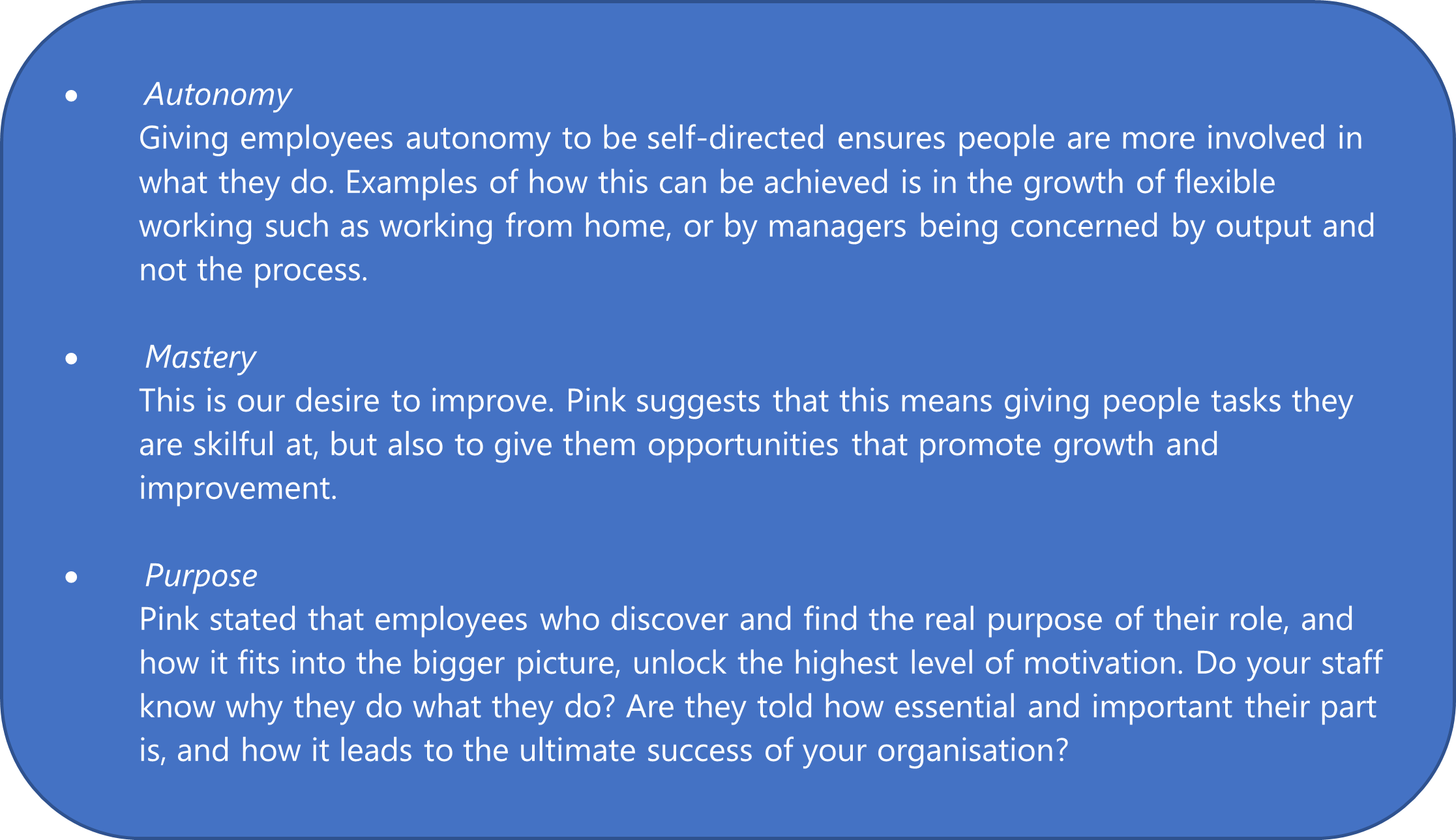Feedback is essential for everyone. Without meaningful, constructive, and actionable feedback, staff will have no real idea about their performance. They will not feel valued, and their development will be hindered.

Why it matters
Feedback is one of the best things you can provide for your staff. It improves performance and enables staff retention. Put simply, staff appreciate working in an environment where feedback is seen as a healthy and normal part of the workplace and will want to stay. Supporting staff through effective feedback also increases loyalty. No one wants their efforts to go unnoticed and knowing that what they do matters and is valued is essential. Providing frequent feedback as a manager is a vital and important part of the role, to ensure that your team is motivated and achieving what they are employed to do.
Benefits to employees
Knowing how you are performing gives you the opportunity to keep doing the things you do well and to work on areas of development. It assists with ongoing learning and an employee’s growth. It also ensures that goals are kept on track as people understand what they need to do to reach their targets or to keep meeting them. Praise and recognition is a great motivator for all and improves workplace relationships.
How to deliver effective feedback
To make your feedback productive, you need to ensure you follow it with an action. Avoid the hackneyed “Feedback sandwich” approach where you simply sandwich a negative between two positives. This method has rightly been criticised because it trains the employee to always expect a negative when they hear a positive, and it takes the focus away from the actual issues. It is also completely unnecessary for adults in today’s workplace! Instead use the Positive – Negative – Action approach.
Always give timely, specific, detailed examples. There is nothing worse than vague, subjective, second hand or delayed feedback. Be objective, clear and detailed with observed behavioural or even attitudinal examples. Be direct, but also polite and honest, even if you feel uncomfortable saying it.
Another simple but effective model to use is the EEC/K technique. EEC/K stands for Example, Effect, Change/Keep. You first provide an example of the observed behaviour. The more specific about what, where and when, the better. Then you describe the effect on yourself, the organisation, or others. Finally, you outline what needs to be either changed or kept.
Final thoughts
Feedback is not a one-way process, and good managers ask for it about their own performance from their staff. As American author Jack Canfield said: “Leaders cannot work in a vacuum. They may take on larger, seemingly more important roles in an organisation, but this does not exclude them from asking for and using feedback. In fact, a leader arguably needs feedback more so than anyone else. It’s what helps a leader respond appropriately to events in pursuit of successful outcomes.”






